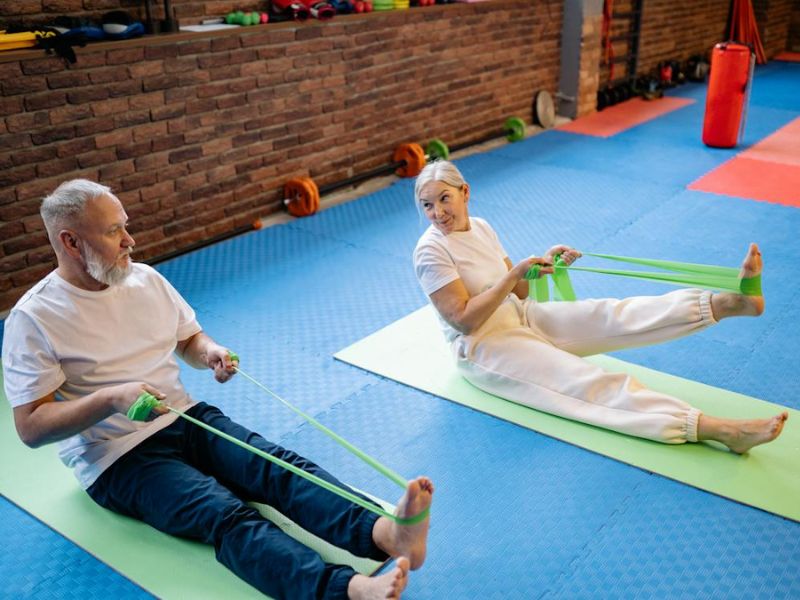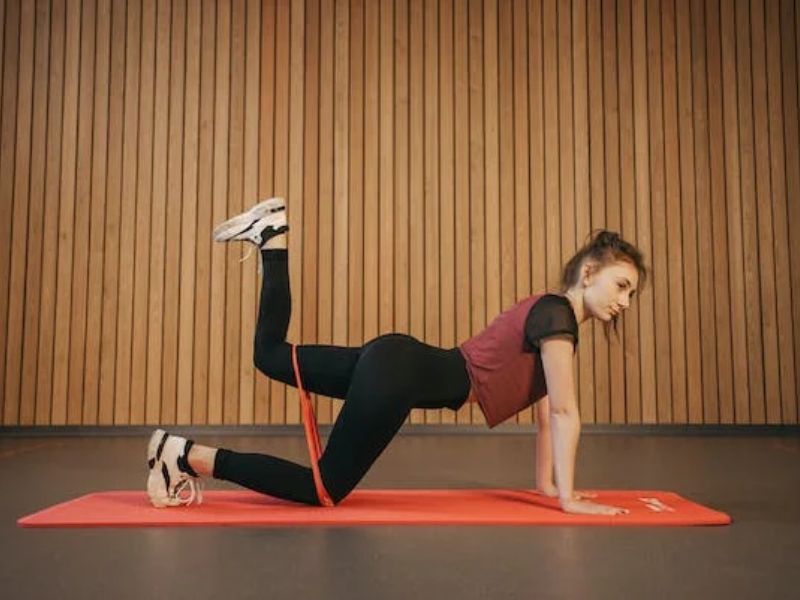Resistance bands have recently become famous for strength training, and for a good reason. They are affordable, easy to store, and simple to use. While most people tend to head to the weight rack, resistance bands offer an effective alternative to working out muscles. Orthopedic clinical specialist and physical therapist Erika Mundinger confirm that resistance bands can help with toning, building strength, and achieving weight loss goals.

Image Credit: Pexels/Yan Krukau
How Do Resistance Bands And Dumbbells Differ?
What distinguishes strength training with resistance bands from weights? Orthopedic clinical specialist and physical therapist Erika Mundinger explain that while weights provide consistent resistance throughout the contraction, resistance bands offer isokinetic resistance, meaning the resistance changes as the band moves. Resistance bands also come in varying resistance levels, with lighter colors indicating lighter resistance and darker colors showing more excellent resistance. As you progress and maintain proper form, you can move up to the next resistance level.
How Can Resistance Bands Benefit You?
According to Mundinger, resistance bands activate stabilizer muscles as the resistance increases with movement. Core muscles engage more as the band is pulled, and muscles around the shoulder blades engage more as arms are raised overhead. Resistance band exercises are favored in physical therapy as they effectively train core stability. Additionally, working with resistance bands can improve performance in activities like bench presses, squats, or deadlifts by engaging accessory muscles. Resistance bands are also great for the overall functional strength required daily.

Image Credit: Pexels/Pavel Danilyuk
Are Resistance Bands Suitable For People With Injuries?
Resistance bands are popular among physical therapists because they can help people with injuries build core strength and stability without aggravating inflammation, according to Mundinger. They are highly adjustable and can be used to limit the range of motion as needed. Isokinetic exercises using resistance bands also carry a lower risk of injury, as they allow for more repetitions with lighter resistance. Mundinger suggests that people who can’t handle barbell squats due to lumbar spine issues can still train body-weight squats using resistance bands, which can provide cardiovascular benefits without causing back pain.